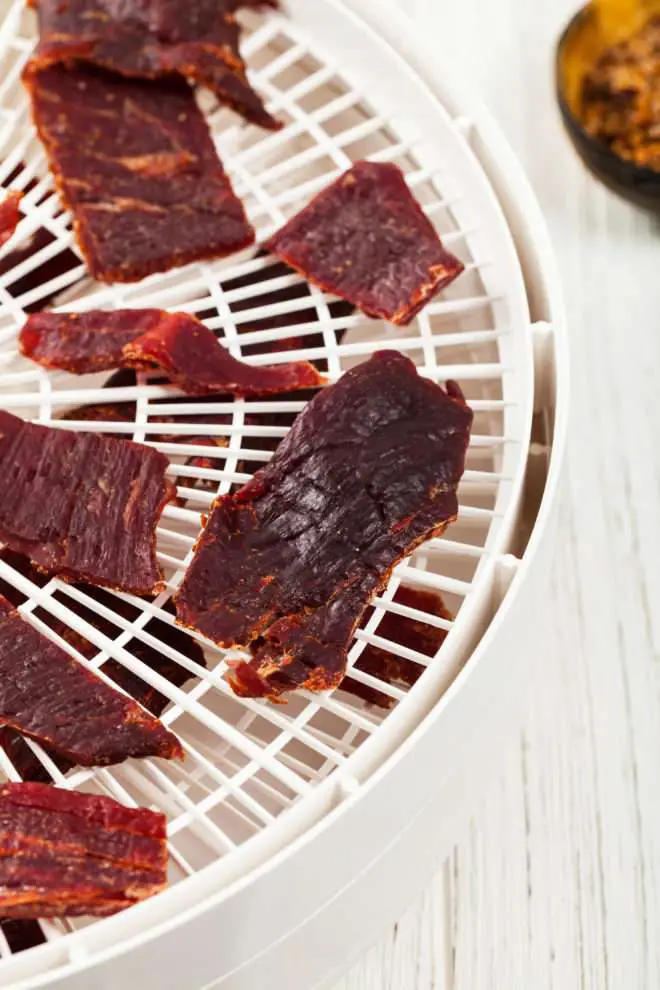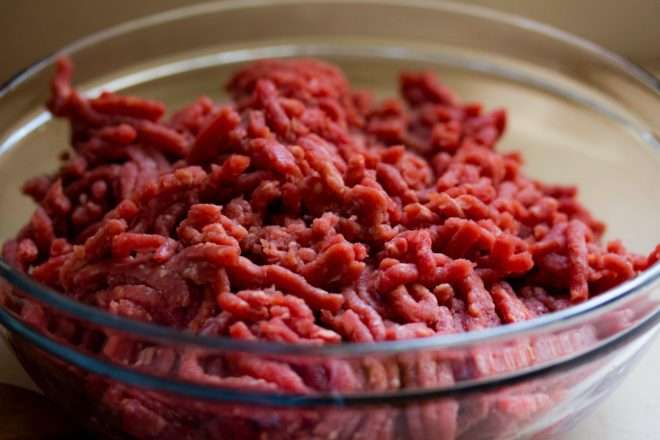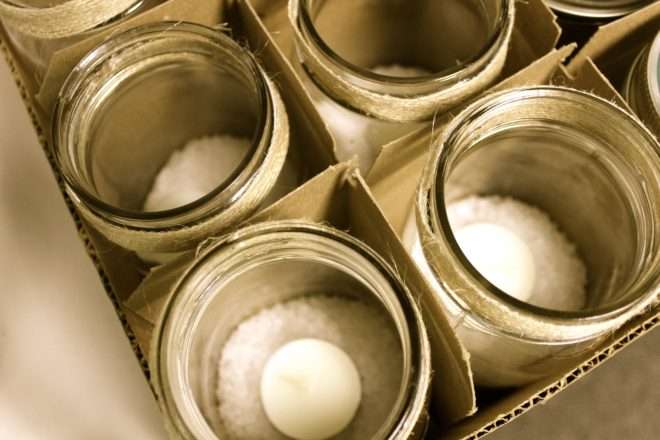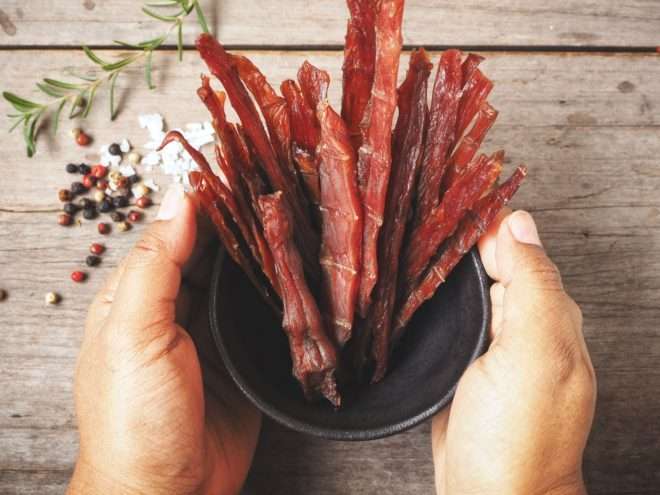this post contains affiliate links
Table of Contents
Overview [How to make Jerky]
We have been discussing food drying as a method of food preservation since we started this blog. We started on how to dry fruits, vegetables, fish and seafood, and now meat. More specifically, meat jerky.
We have saved the best for the last, and unlike the other foods, drying meat is a little bit complex. First, meat has a lot of moisture and fats that may affect the drying process if not done correctly. Second, there are a lot of dried meats.
Food experts have divided dried meats into 3 categories:
- Dry and semi-dry sausages; this is the biggest group
- Dry-cured whole muscle meats like ham
- Whole muscle meat snacks like meat jerky
Although the third group includes sliced whole muscle meat jerky, nuggets, tenders, and other meat products that are predominantly made of whole muscle tissue, we will focus only on meat jerky.
A Little History About Jerky
In the 1500s, the Quechua tribe in South America discovered ch’arki or dried salted meat. That’s how the word “jerky” came about.
The Romans eat meat jerky with wine. In 1996, astronauts in the NASA program began eating meat jerky in outer space. Today, meat jerky comes in different flavors like smoked, teriyaki, hot and spicy, Cajun, etc. Jerky has come a long way since.
To make meat jerky, lean meat is trimmed of fat, marinated in salt and other seasonings, cut into strips and then dried. The addition of salt prevents the meat from developing microorganisms.
Lean meat from domestic and wild animals can be used to make jerky. However, the National Center for Home Food Preservation does not recommend using raw poultry because of the texture and flavor of its finished product.
Before Drying
The problem with raw meat is that they are moist and high in protein which makes bacterial contamination to be conducive. Once bacteria contaminates, it can cause illness.
But freezing the meat may slow down or stops bacteria from growing. Not only that, but it can also make slicing easier. If you’re going to use wild animal meat, especially pork, it is recommended to freeze the meat for at least 30 days to lower the risk of trichinosis infection.
Slice meat ⅛ to ¼ inch thick, 1 to 1½ inches wide, and 4 to 12 inches long. Thin meat slices dry faster than thick ones. Trim all fat. Slice with the grain if you prefer the jerky to be chewy. If you prefer a tender and brittle jerky, slice across the grain.
You can heat the meat slices in a marinade before drying which will reduce drying time. Or you can heat the dried jerky slices in an oven after the drying process is complete. Both these methods will ensure that the internal temperature of the meat stays at 160°F which reduces the risk of food-borne diseases.
Jerky Marinade
You can make your own marinade at home. A jerky marinade usually includes any two or more of the following: oil, salt, spices, vinegar, lemon juice, teriyaki sauce, soy sauce, wine, or any seasoning you could think of.
Below is a sample marinade you could try:
- 1½ – 2 pounds of lean meat
- ¼ cup of soy sauce
- 1 tablespoon Worcestershire sauce
- ¼ teaspoon black pepper
- ¼ teaspoon garlic powder
- ½ teaspoon onion powder
- 1 teaspoon hickory smoke-flavored salt
Combine all ingredients. Place meat slices in a shallow bowl or pan. Pour in the marinade until meat is covered. Cover the bowl and refrigerate for at least 1 to 2 hours or better still if overnight. Take note that the longer it is marinated, the more salty and tasty it could get.
If you prefer to heat the meat before drying, bring meat in marinade to a boil. Boil for 5 minutes. If meat slices are more than ¼ inch thick, it may take more time. Check the internal temperature of the meat if it reaches 160°F. When done, drain well and pat them dry using paper towels.
If you want to opt for something a little simpler we recommend this kit of “ready-mixed” seasoning for jerky. The box contains 4 flavors.

Click the image to check price on amazon
Drying the Meat
Arrange the meat slices on drying trays without touching or overlapping. Put a piece of aluminum foil or tray below the bottom rack to catch drippings. Just don’t forget to leave a few inches of space around the foil to allow hot air to flow around the unit. Turn the meat strips over occasionally to prevent them from sticking on to the tray.
Be sure to check out our recommended food dehydrators.

Dry the meat until a piece starts to crack but does not break when bent (approximately 10 to 24 hours if the meat is not heated in a marinade). Begin checking samples after 3 hours. Once drying is completed, pat off any oil with clean, absorbent towels, and let it cool. Remove meat slices from the rack and let it cool.
If the meat slices were not heated in a marinade before drying, place them on a baking sheet, close but not touching or overlapping. Heat in an oven for 10 minutes at 275°F until the internal temperature of the meat reaches 160°F. Thicker strips of jerky may require a longer time.
Making Jerky from Ground Meat
Can we make jerky from ground meat? Yes! And backpackers have a cute term for it: “gravel” because it doesn’t re-hydrate well.

Use only lean or extra lean ground meat. Ground round is a good example. Since they don’t rehydrate, adding bread crumbs may solve the problem. Bread crumbs can absorb liquid so it helps the ground meat to become tender.
To make bread crumbs, dry a few slices of bread for 2 to 3 hours and grind them in a food processor.
Add ½ cup of bread crumbs for every pound of ground meat. Mix them well with your hands.
Break the ground meat into small pieces. Cook in a frying pan over medium heat until brown. Stir continuously to avoid sticking on the pan. Remove from heat and remove moisture by patting them dry between paper towels.
Spread on drying trays and dry at 145°F for 6 hours until they’re hard and dry. Once or twice, move the meat around and blot off the oil with a paper towel. Also, wipe off the oil from the trays. Break any pieces that are drying slower than the rest.
If you plan to store dried ground meat for more than a year, omit the bread crumbs. Bread crumbs can absorb some of the fat which can cause rancidity. The dried ground meat will not rehydrate well, though. But you can use them in stews or soups that require longer cooking time than what backpackers cook outdoors.
Storing the Jerky
Dried meat jerky can be stored in glass jars, air-tight plastic food containers, and zipped plastic bags. It can be kept for two weeks at room temperature or you can refrigerate or freeze them.

Nutrition
One cup of meat jerky can contain 369 calories, 30 grams of protein, 23 grams of fat, and 10 grams of carbohydrates. It also has about 537 mg potassium, 7 mg zinc, and 1.8 grams sodium. This sodium content can be a concern for some people. But it also contains a high amount of iron, magnesium vitamin B12, and choline. This depends on the type of meat you use and the amount of fat you leave on.
Final Thoughts
Making meat jerky at home is easy if done properly. To reduce food-borne illnesses, freeze the meat before slicing and heat the meat slices to reach an internal temperature of 160°F. You can heat meat jerky in two ways: either you heat them in a marinade or heat them in the oven after drying. In the end, you’ll have a high-protein, low-fat, portable, easy to eat meat jerky. It’s a guilt-free snack that you can add to your diet.
Recommended Article: Recommended food dehydrator

